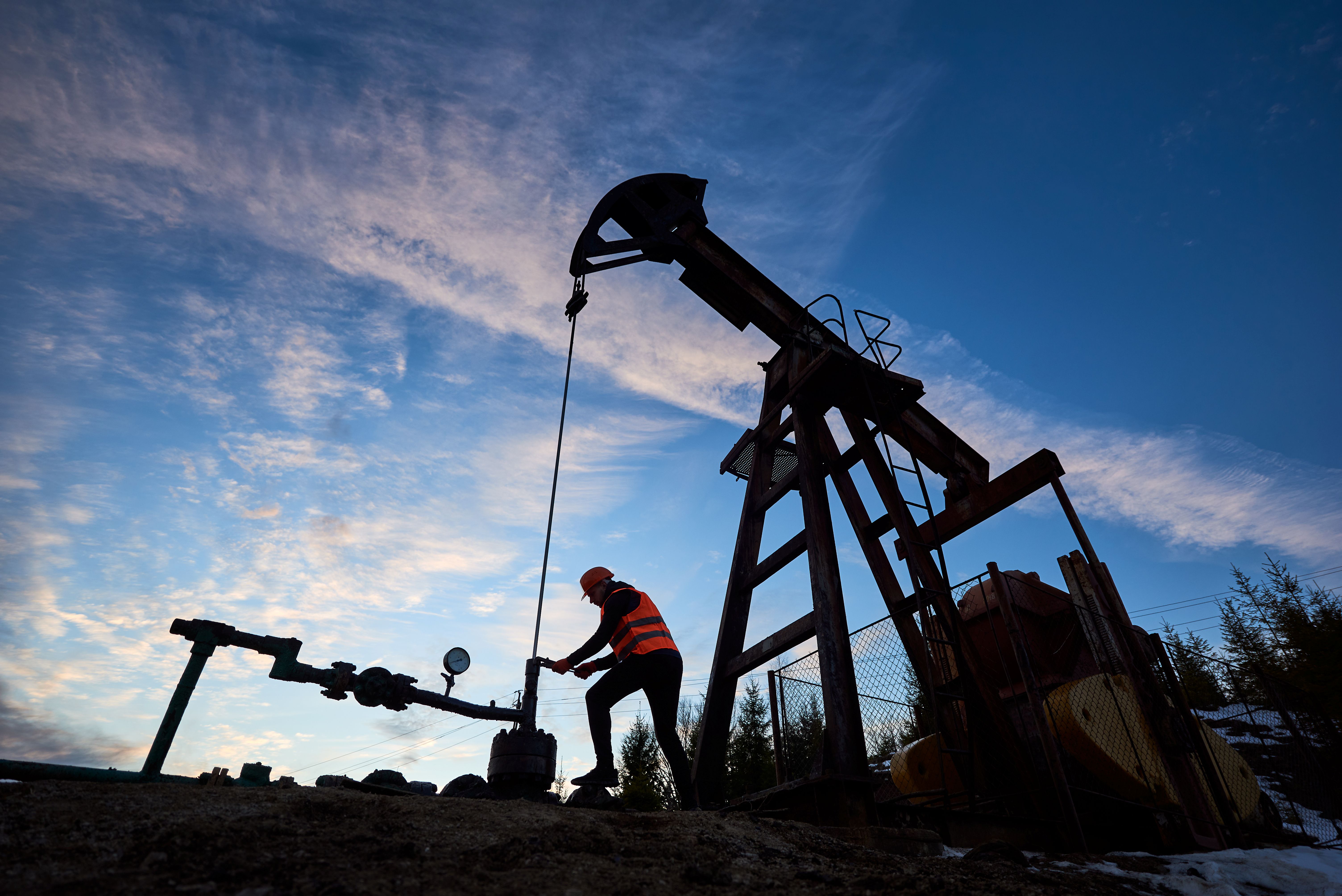Whether in landscaping, construction, or any other job that keeps you working under the sun for long hours during the hottest and sunniest months of the year, you need to take measures to protect yourself and your team from exposure.
Continue reading to learn the most common illnesses caused by the heat and how you can prevent them.
5 Common Health Problems from Working Outside in the Heat
According to the CDC, there are 5 common heat-related illnesses from working outside in the sun.
These are:
1. Heat Stroke
Heat stroke is when the body's internal temperature gets over 103 degrees Fahrenheit. Workers experiencing heat stroke will have red hot skin, a strong pulse, dizziness, headaches, confusion and nausea, and maybe even a loss of consciousness.
What to do:
Heat stroke needs to be treated immediately by calling 911 for medical attention after the individual has been moved to a cooler place.
2. Heat Exhaustion
Heat exhaustion manifests in the form of heavy sweating, pale and clammy skin in spite of the sun and a weak, fast pulse. Workers might experience nausea or vomiting, muscle cramps, weakness, dizziness, and may even pass out.
What to do:
Loosen clothing as much as possible, apply a damp cloth to wrists, neck, and forehead, and move to a cool place while worker sips water. If the symptoms get worse or last for more than an hour, or vomiting ensues, medical attention is necessary.
3. Heat Cramps
Companies whose workers are physically exerting themselves outside might be prone to heat cramps brought about by heavy sweating due to intense physical activity and muscle spasms.
What to do:
Stop the physical activity and wait for the cramps to go away before resuming work. If the affected individual has heart problems or the cramps last for more than an hour, medical attention should be called.
4. Sunburn
We all remember sunburns from our youth, but sunburns can cause serious damage to the skin and result in potentially dangerous subsequent problems for any individual. Painful blisters on the skin are indicative of serious sunburns.
What to do:
Stay out of the sun until the sunburn is healed, or wear cool clothing on the affected region and apply moisturizing lotion for sunburns, or gel such as aloe vera until the burn is healed. Most importantly, prevent sunburn by applying sunscreen with a minimum 30 SPF.
5. Heat Rash
Heat rashes show up usually along elbow creases, the neck creases, across the chest or the groin region as red clusters of bumps somewhat similar to pimples.
What to do:
Keep the affected area cool and dry and use cornstarch or calamine lotion to soothe the rash.. Be sure to take breaks in a cool, dry place to prevent heat rash.
Best Practices For Working in the Heat
Thankfully, there are several ways your workers can protect themselves against these common health problems.
Here are some of the best practices to protect against heat-related illnesses:
- Prevention is the most useful tool. Training your workers to be aware of the signs of heat-related illnesses and how to administer first aid for those illnesses is paramount.
- Post urine color charts in bathrooms so workers can be aware of their hydration levels.
- Providing adequate and frequent breaks in a cool, shaded place can help alleviate the risk of more serious heat-related illnesses by preventing heat rash and heat cramps from becoming heat exhaustion or heat stroke.
- For teams who will be working in the sun all day, provide access to hydration such as sports drinks and water. Cornstarch can be provided for heat rashes while moisturizing and calamine lotions and sunscreen with minimum 30 SPF can be offered for sunburns.
- Employers can also schedule the most strenuous physical activity early or late in the day when temperatures are cooler, provide standing fans for air circulation, and provide air conditioned or shaded rest areas for workers.
Protect Your Workforce with Work-Fit
Any company or industry whose employees work outside, especially under the sizzling hot sun of summer, will benefit from professional advice that keeps workers healthy and safe, reduces the risk of injury, and boosts productivity.
Contact the professionals at Work-Fit to find out more about how Work-Fit can improve the safety of your staff.








